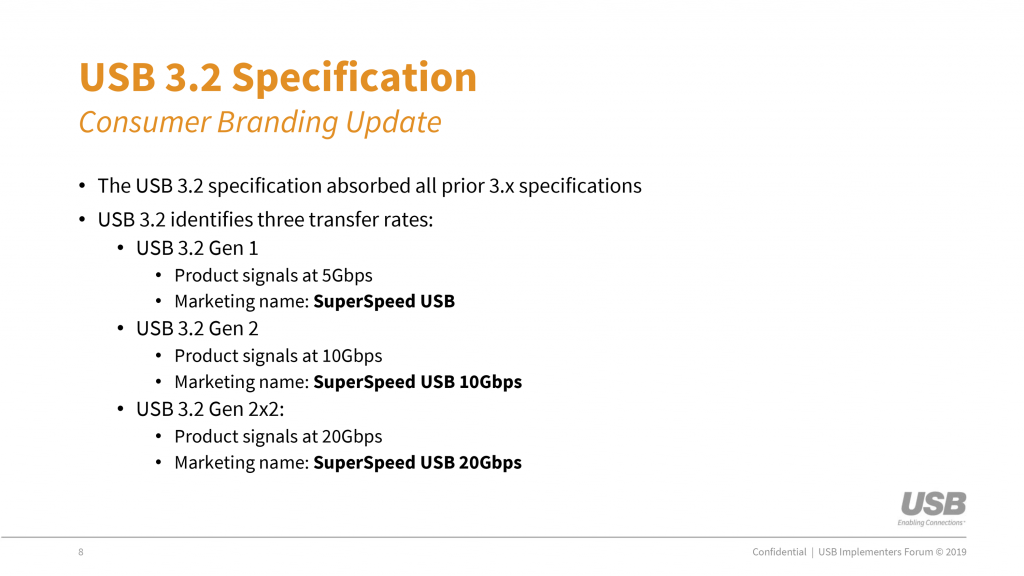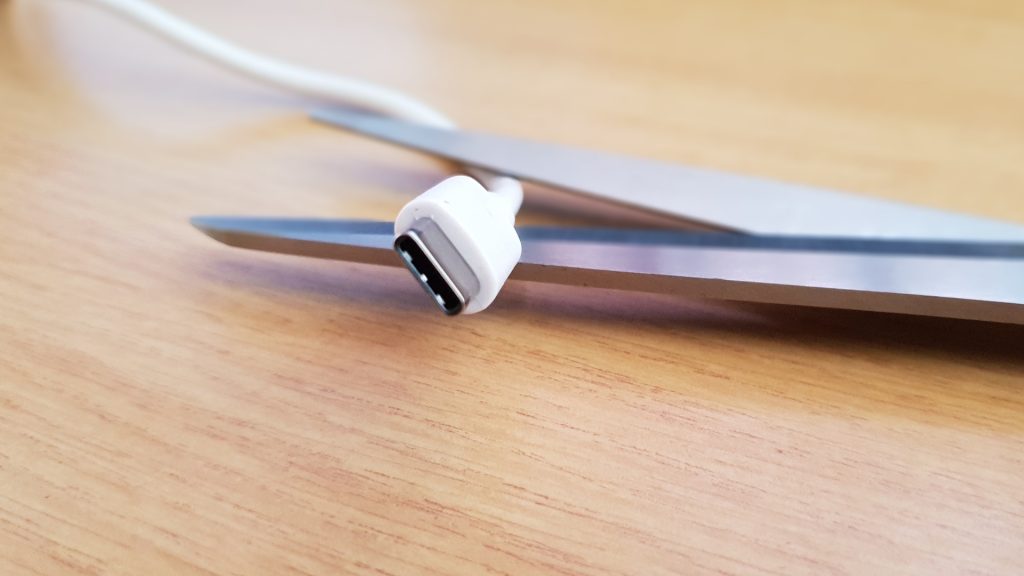The USB has – to our mind – made connecting gadgets to other gadgets a much easier experience.
For the most part USB didn’t change much as we pushed forward with the connector. USB 2.0 was faster than USB 1.0, and USB 3.0 was faster and pushed more power through the connector.
Then USB Type C came about with a different type of interface promising faster data transfer rates and more power together with other applications like video. Of course, what we didn’t know, or rather didn’t realise, was that Type C was going to be a confusing mess.
Last week the USB Implementers Forum announced a new standard in USB 3.2 which can be applied in three different ways.
 We’re sure you fully understand the forthcoming USB standard now right? Well good because it’s already obsolete thanks to an announcement from Intel and the USB Promoter Group yesterday.
We’re sure you fully understand the forthcoming USB standard now right? Well good because it’s already obsolete thanks to an announcement from Intel and the USB Promoter Group yesterday.
That announcement brings a new player to the USB battlefield in USB4 (note the lack of a space) which “compliments and builds on the existing USB 3.2 and USB 2.0 architectures” according to a press release.
That’s not all USB4 does though, from the press release it appears as if the standard will combine the best bits of USB Type C (namely the connector and the capabilities it can house) with the best bits of Thunderbolt.
The result of this unholy combination of connectors is transfer rates up to 40Gbps and the ability to connect multiple displays with one cable or indeed multiple data sources.
This is made possible thanks to Intel which shared its Intel Thunderbolt protocol with the USB Promoter Group to help other manufacturers build the functionality of USB4 into their gadgets, royalty-free.
“Releasing the Thunderbolt protocol specification is a significant milestone for making today’s simplest and most versatile port available to everyone. This, in combination with the integration of Thunderbolt 3 into upcoming Intel processors is a win-win for the industry and consumer,” general manager of Intel’s Client Connectivity division, Jason Ziller said in a statement.
So USB4 might actually be the connector that ties up the mess that is the current state of USB 3.2. What we aren’t sure of just yet is whether manufacturers will be required to make USB4 cables and connectors support all of the aforementioned features.
While USB Type C cables purport to support high-speed data transfers, fast charging and myriad other applications, not all cables or ports support these applications. For USB4 to really win us over we’ll need to see the final specification which is currently being drafted and will be published mid way through this year.
The alternative is that we’ll need charts to shop for USB cables and we can’t wait to ask the folks selling chargers at the traffic light if they support FastCharge 3.0 or 40Gbps transfer rates.

